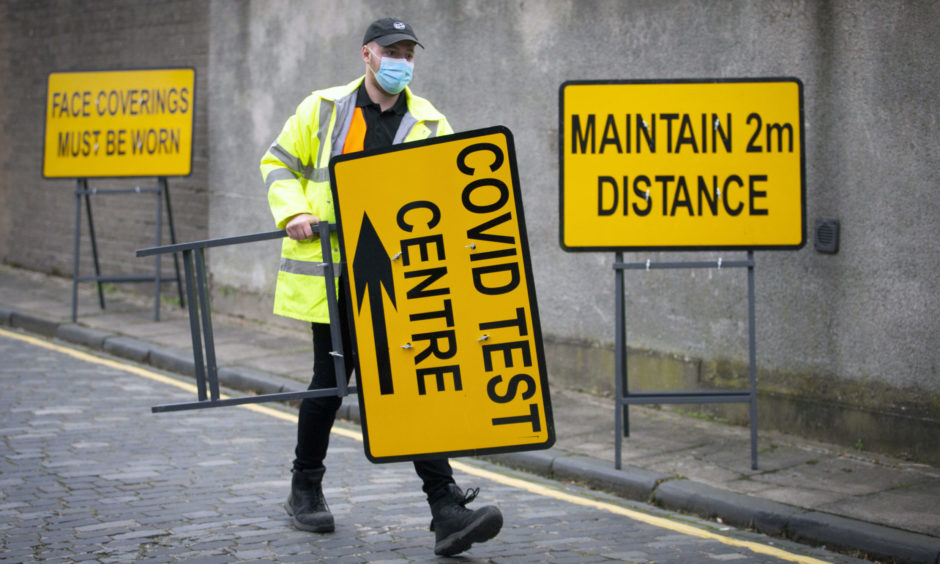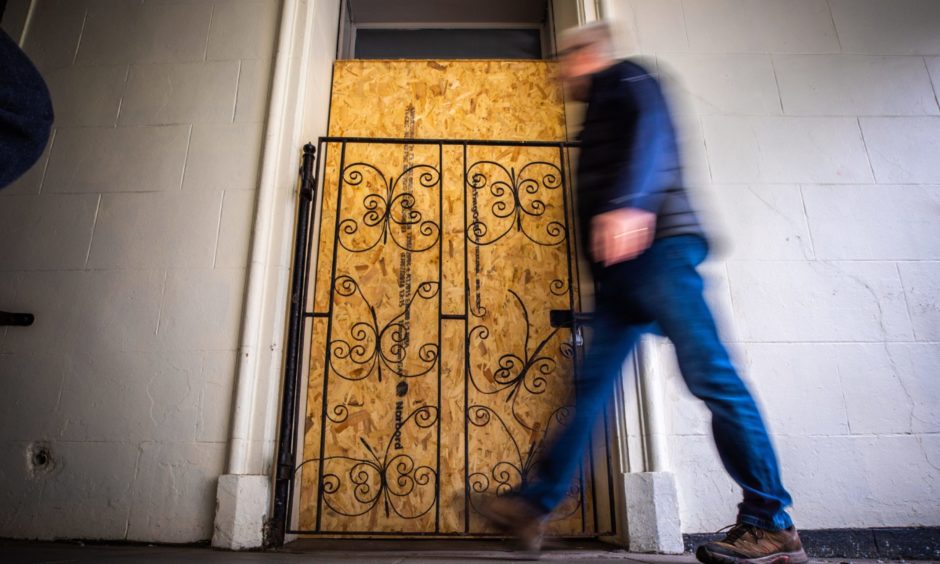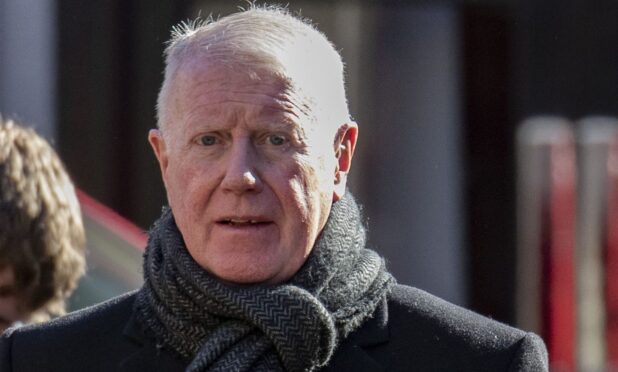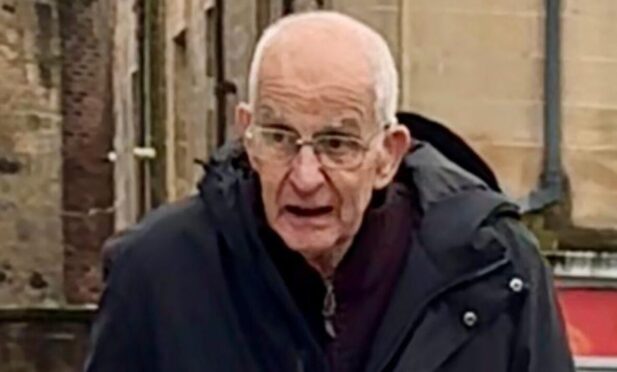Tayside and Fife will not be moved from level three Covid-19 restrictions this week, Nicola Sturgeon has confirmed.
Speaking in the Scottish Parliament, the First Minister said no changes would be made to the current tiered system being used to combat the spread of coronavirus across Scotland.
The whole of Tayside and Fife has been under level three restrictions for several weeks now, with limits on travel into and out of the areas and strict rules in place on hospitality.
Ms Sturgeon told MSPs that coronavirus case and hospitalisation numbers are declining across the country, but added the Scottish Government would continue “to err on the side of caution”.
Confirming that Angus, Dundee, Fife, and Perth and Kinross would remain under the third tier of restrictions, she added: “Last week I expressed some concern about rising cases numbers in Clackmannanshire and Perth and Kinross but I’m pleased to note that numbers in both of these areas have stabilised and at this stage are improving.”
Moray, the Highlands, the Western Isles and the Northern Isles will remain at level one.
Aberdeen and Aberdeenshire will stay under level two rules despite concerns about the rising infection rate and case numbers being higher there than in neighbouring Angus.
Dumfries and Galloway, Argyll and Bute, the Borders, and East Lothian will also remain in level two.
Ms Sturgeon said: “We have been looking and will continue to look carefully in the days to come at both Aberdeen and Aberdeenshire.
“Cases in both these local authority areas have increased quite sharply in the past week by 68% in Aberdeen and 42% in Aberdeenshire.
“That means their cases numbers – although it is important to stress that in both areas their case numbers are below the national average – are nevertheless higher than in some level three areas, for example Angus. Case positivity has also increased in both areas.”
However she has asked senior health officials to consider the situation in the north-east “in more depth” in the coming days, and did not rule out placing both areas up a tier before next week “if the situation merited that”.
The other council areas under level three measures are: Edinburgh, Clackmannanshire, Falkirk, Midlothian, Inverclyde and North Ayrshire.
They are: Glasgow, Renfrewshire, East Renfrewshire, East Dunbartonshire, West Dunbartonshire, North Lanarkshire, South Lanarkshire, East Ayrshire, South Ayrshire, Stirling and West Lothian.
Ms Sturgeon said next week’s review of tiers would be “more substantial”, with decisions being made on the levels for these areas moving forward.
It comes after Scotland recorded another 754 new Covid-19 cases and 34 deaths in the past day.
The country’s R-number is now believed to be slightly below one.
What’s the difference between levels three and four?
Under level four, measures are closer to those experienced under the full lockdown earlier in the year.
Pubs, bars, restaurants, cafes, gyms, hairdressers, beauty salons, galleries, museums and libraries are among the places which are forced to close.
Many shops also have to shut with only “essential retail” remaining open.
Hotels, B&Bs and self-catering accommodation can only operate for “essential customers”.
Unnecessary travel into and out of level four areas is not advised except for certain exceptions.
Schools will remain open at all levels.
The tier three rules currently in place across Tayside and Fife mean non-essential travel is not be permitted, with alcohol unable to be served from licensed premises.
Up to six people from two different households can meet at pubs, bars, restaurants and cafes – which are able to sell food and non-alcoholic drinks inside or outside.
Leisure and entertainment businesses such as cinemas are closed; however shops, gyms, hotels and visitor attractions remain open.
Ms Sturgeon revealed Scotland’s new alert level system for tackling the pandemic on October 27.











